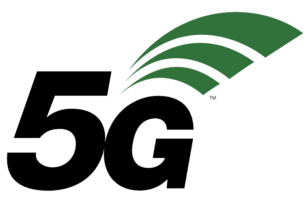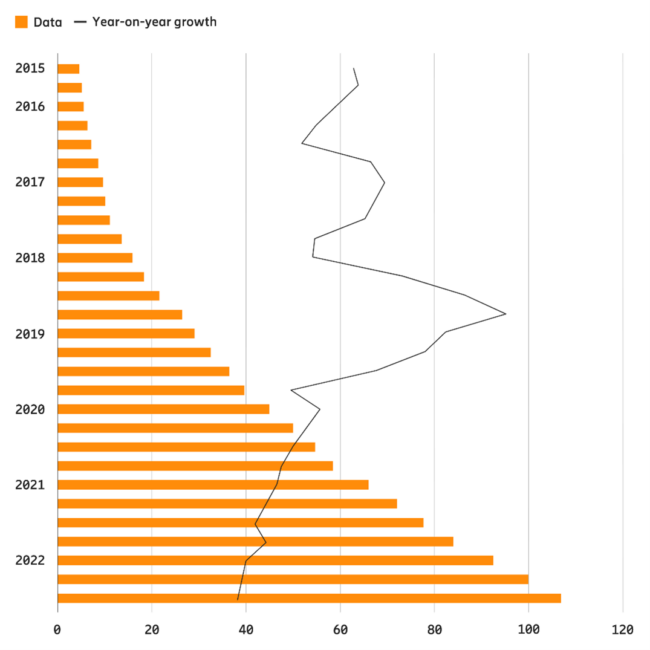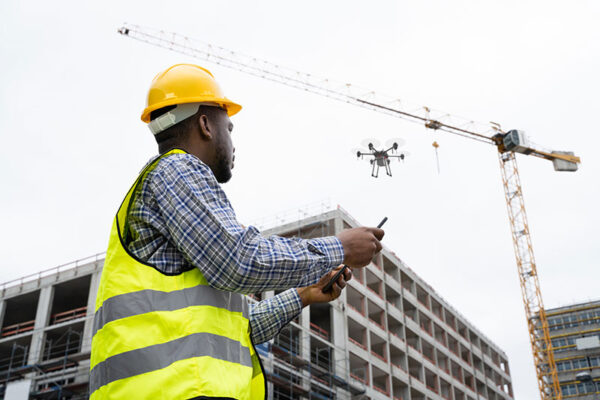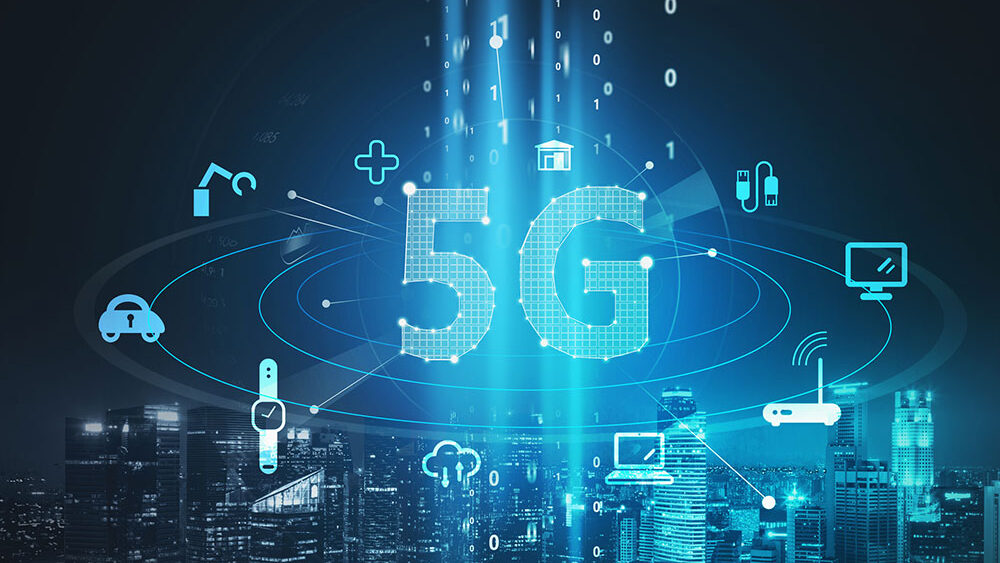How 5G’s Low Latency Drives New Applications and Use Cases
By Sahil Bahri
November 13, 2023
Most of the excitement about 5G (the fifth-generation global standard for cellular networks) is focused on consumers. 5G delivers higher speeds, allowing the average consumer to update their apps or download their favorite videos quickly.
The business opportunities this technology creates get lost in the hype. One major opportunity driver is the low latency expected from 5G networks.

Latency is another word for network communication delays — the time it takes to receive a response after sending information.
One 5G network benefit is lower latency than its predecessor, 4G. Data transfers between machines and devices are more responsive.
5G eliminates the lag time you might experience over a network. However, this experience is not the same for all users.
According to Reiner Ludwig, the strategic product manager of business area networks at Ericsson, the user experience of everyday smartphone apps is determined by speed rather than latency.
Speeds and bandwidth for 5G far exceed 4G. TechRepublic shared that 5G is projected to deliver average data rates over 100 Mbps. At peak times, up to 20 Gbps. 5G also provides 100 times the network efficiency and traffic capacity.
The problem with 5G speed and capacity is high demand. The Ericsson Mobility Report estimates that mobile network traffic grew from 55 exabytes (EB) per month in Q3 2020 to 108 EB in 2022. It doubled in two years, mainly driven by increases in the number of smartphones and users consuming more video content.

This growth in mobile network data traffic has caused network delays. It’s not a limitation of 5G but the infrastructure behind it since it relies on cell towers. For example, buildings, trees and other physical objects have been shown to impede signal communication with cell towers at times. However, 5G can better manage network resources and offers improved connections to multiple cell towers.
Today, latency is not an issue with everyday app users, but once AR and VR become mainstream, this could change. The biggest issue with latency occurs with devices in applications that require real-time communications.
“Possibilities include multiplayer mobile gaming, factory robots, self-driving cars and other tasks demanding quick response — all areas where today’s 4G networks struggle or can’t manage at all,” writes Steven Shankland of CNET.
Low latency is crucial for autonomous vehicles. When data is sent, a real-time reaction must be triggered. Every millisecond counts to avoid an accident. Of course, this depends on having enough 5G coverage.
The potentially high cost of failure is the same with critical first responder services, as lives are at stake. Low latency is even more critical than a faster data rate in these cases.
There are challenges ahead with 5G. It’s not unusual if you look at previous cellular technology generations. Issues include public anxiety and cell tower availability. It could take years to reach full coverage.
Of course, we can’t forget the supply chain issues from the global pandemic that also slowed 5G growth. At the same time, it massively accelerated new technologies. For example, new services like self-driving vehicles rely on wireless connectivity with low latency for millisecond response times.
Let’s look at what changes low latency will bring.
Qualcomm explains how 5G is used across four major connected services:

VR and AR enable new ways of working in various verticals, from health care to manufacturing. As a result, they create a completely new experience.
Telehealth has transformed communications between health care professionals and patients in real time.
Massive Internet of Things (IoT) involves everyday devices in our lives. It has enormous numbers of sensors and devices communicating with each other. These devices are usually inexpensive and use little energy with good coverage. For example, your home or a building could have simple on-off options for a series of smart devices.
There is a fourth one, identified by Steve Koenig, vice president of research at the Consumer Technology Association (CTA):
Critical IoT involves large-scale scenarios. It has fewer endpoints that handle massive levels of data in more complex cases. An example would be traffic safety within a smart city. Failures would lead to widespread complications.
Low latency will have significant effects in all four of these areas:
Therefore, low latency opens the doors to all sorts of benefits with these new services, including:

As we have seen, much will change as the availability of 5G grows — from gaming and telehealth solutions to real-time wireless applications that control drones and other robots.
Peter King, head of robotic solutions at InDro Robotics, explained, “The most important part of monitoring industrial complexes is being able to reliably capture and send data to customer maintenance teams in real-time, no matter where they are or how far away. Using T-Mobile’s 5G network … we can carry out robot and drone operations in the U.S. nearly anywhere, anytime.”
Self-driving cars are one example of how vital 5G’s low latency will be. “When it comes to connected driving, data must be transmitted and a reaction triggered in real time, because decisions must be made in fractions of a second. Only in this way can the car stop before hitting an obstacle or take evasive action,” notes German company Deutsche Telekom.

During the COVID-19 crisis, health care front-liners used telepresence systems. Low latency became more critical than ever. First responders had to communicate and send vitals to the ER without lag over the first responder network.
Human conversation becomes unnatural and broken as lag time exceeds about six milliseconds. Low latency closer to 1 millisecond allows for seamless first responder communications.
The Center for Connected Health Policy states that telehealth is “a collection of methods to enhance health care delivery and education.”
Telehealth gained traction with social distancing and quarantine measures, and patients and health care providers still use it. For it to be completely effective, doctors must be able to diagnose, treat and monitor their patients remotely in real time. This capability gives patients the best chance at a full recovery. It also gives health care professionals opportunities to save countless lives.
Telehealth also supports patients with chronic conditions. Many cannot travel to an outpatient center or other health facilities.
This form of health IT communication has benefits for the entire ecosystem, including:
Health information must be digitized on a secure network. Therefore, bandwidth, network accessibility and digital disaster recovery are critical. With 5G, many of these things will become faster.
5G’s ultrareliable, low-latency technology could become the difference between life and death for patients with chronic health issues.

Massive IoT relates to an enormous number of devices and sensors communicating.
According to 3GPP, the 5G standard for massive IoT is supposed to support up to one million connected devices for every 0.38 square mile. These devices include applications for verticals, such as smart buildings and fleet management.
Critical IoT involves large-scale networks in areas like a smart city, a business or infrastructure. Time-sensitive information, reliability and low latency are vital for eliminating widespread failures.
As 5G technology rolls out, companies and organizations will require new IoT solutions. Telit Cinterion offers gateways and the broadest portfolio of modules on the market. We design and test our modules according to the highest standards.
We use a family form factor based on our “design once, use everywhere” approach. With our modules, your devices can easily adapt across multiple technologies and markets worldwide.
We also provide IoT SIM cards and data plans that meet your use case requirements and bandwidth. Connectivity solutions are available for all industries, including smart utilities and retail.
We remove the complexity of connecting “things to apps.” Our platforms collect and manage data. They also analyze device data critical to your deployment and empower you to manage your devices easily.
We accelerate the digital business transformation ecosystem with the industry’s most accomplished solutions for the First Mile of IoT™. Speak with our 5G experts to get started on your solution.
Editor’s Note: This blog was originally published on 27 July 2020 and has since been updated.